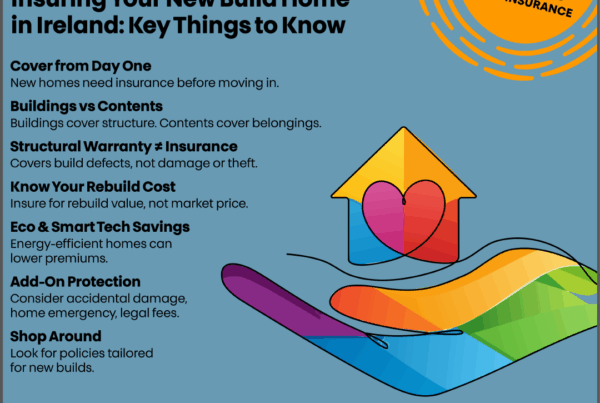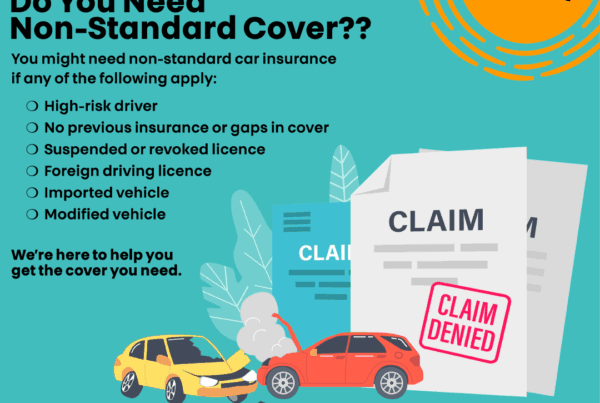
Factors That Affect Your Home Insurance If you’re looking to buy a home then it’s important to understand some of the things that will most affect your insurance premiums. Some things are out of your control, like your age. But none of those factors really help you.
Today we want to show you what to look for in a home. What red flags are there that will raise your premiums, and if you’re able to alleviate any of them. So, let’s take a look at property features that might cause you problems!

Security Features
When you’re at a viewing keep an eye out and ask about any security features that are installed. Good locks and alarms indicate a lower risk. Conversely a lack of security features means higher risk and higher premiums.
Luckily this is a problem that’s relatively easy to remedy. If you’re interested in a property without these features, then try to factor the cost of installing them into your budget. A certified burglar alarm can help lower your premiums and save you money in the long run.
Don’t sleep on less obvious security features though, shatter proofing your windows, installing higher security locks, even smart safety features like water leak detectors and quality smoke alarms, signal lower risk to your insurer.

Flood Risk
Some homes are at a higher risk of flooding than others. Any home near a body of water could suffer from this problem, but some homes are particularly close – or potentially built on – floodplains. If this is the case, then your premiums may be significantly raised or you may not be covered for flooding at all.
Unfortunately, there is not much that you can do to fix this issue. Our best advice is to investigate whether the area you want to buy your home has a history of flooding. If it does, then you are likely going to feel the result in your home insurance premiums.

Crime Rates
Remember your premiums are based on a calculated risk for an insurance company. They are betting that nothing will happen. As a consequence, an address in a high crime area makes them less willing to take that bet. Raising your premiums.
This is unfortunately something that you don’t have much control over. However, you can offset some of its effect through increased home security features. When you’re looking into buying a home, don’t overlook the crime rates in an area.

Subsidence
Subsidence can be caused by a number of issues. Sadly, a history of subsidence on a property will mean higher premiums and potentially a need for non-standard insurance, or a stipulation that damage caused by subsidence is not covered.
If a home, you’re viewing has problems with subsidence then this will reflect in the future premiums of the home. However, if it does end up being your dream home it is a problem that can often be fixed.
By speaking to a specialist and finding the cause of the issue it can be remedied, you may need to provide proof of this to your insurer, however. Fixing subsidence can be expensive, depending on the methods used and size of the property.

Property Size
Most of us have dreamt of a big house at some point, and there are a lot of advantages. Plenty of space to make your own, room to grow your family, versatility. However bigger homes tend to mean higher premiums.
Your home is being insured based on is it’s rebuilt value not it’s resale value. Bigger houses mean higher rebuild costs. We know insurance seems like it should be more complicated, but sometimes, it really isn’t.
There’s no solution for lowering the premiums on this. It’s just about considering how big you want your home to be versus what you’re willing to pay in premiums. This goes for extensions too. As you add on to your home it’s only going to get more expensive to insure.

Building Materials
The internal structure of your home plays a role in deciding premiums. Often due to insurers not having enough data on certain build types. The standard build type is brick and mortar homes. I’’s what most of us grew up in. However increasingly homes are being built with steel or timber framing instead. Options like shipping container homes are also becoming more popular.
There’s benefits to each of these methods and many more types, including an often lower build cost. You might end up paying more on your premiums through non-standard insurance though. If you’re buying a home then you probably don’t have much say in this – unless you’re adding an extension- but if you’re looking at building new then this is worth considering


